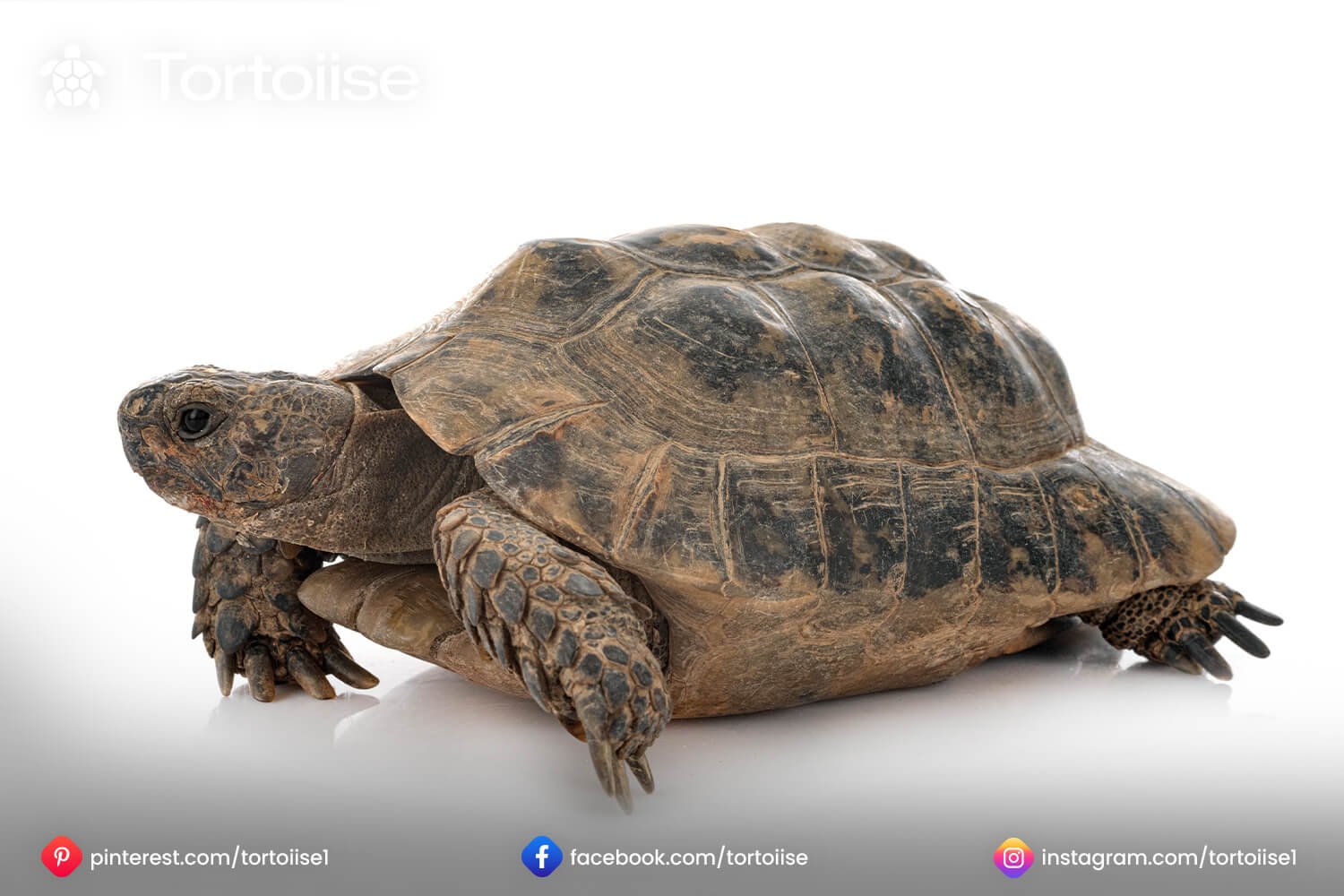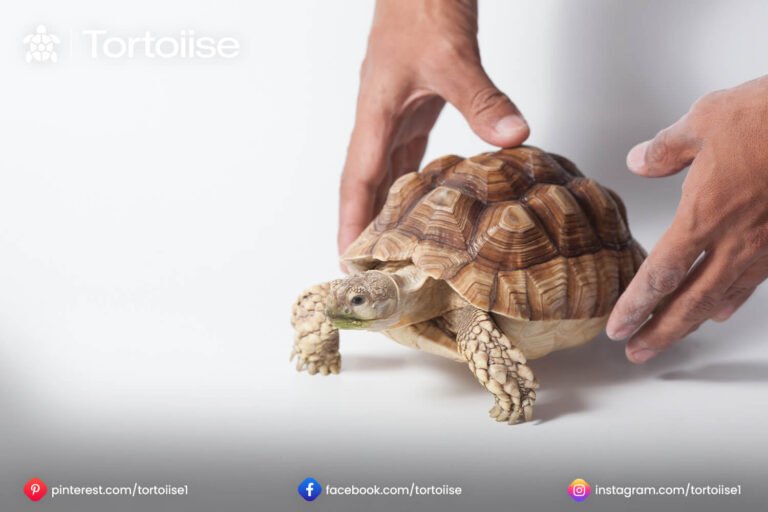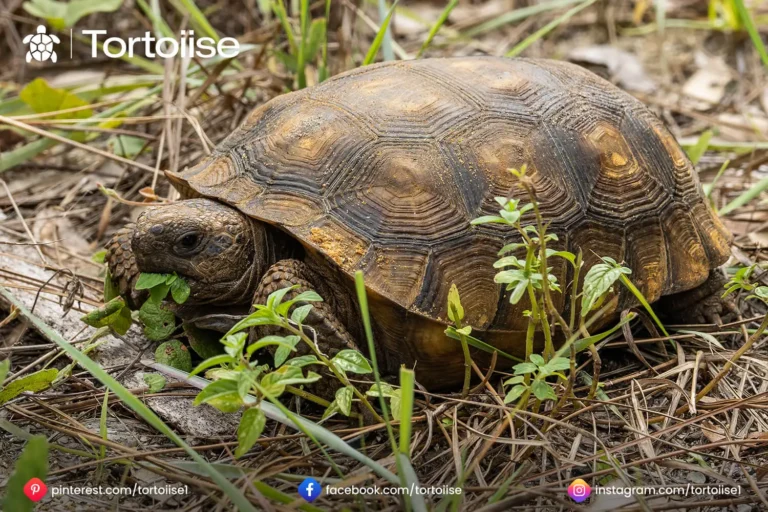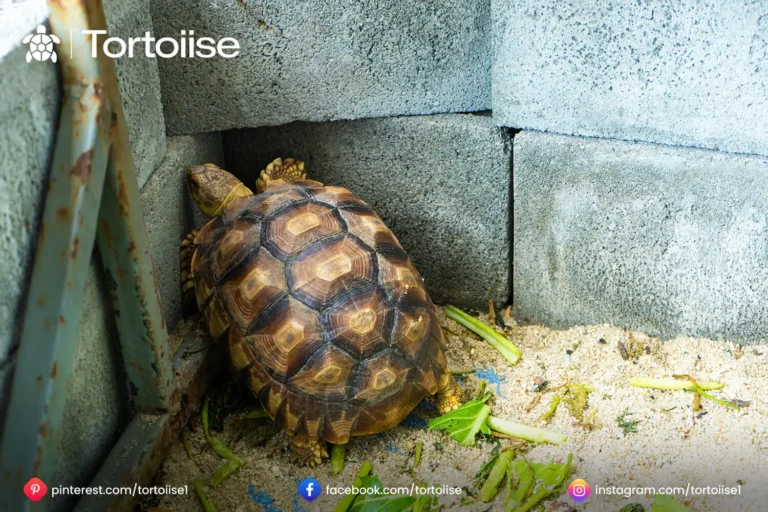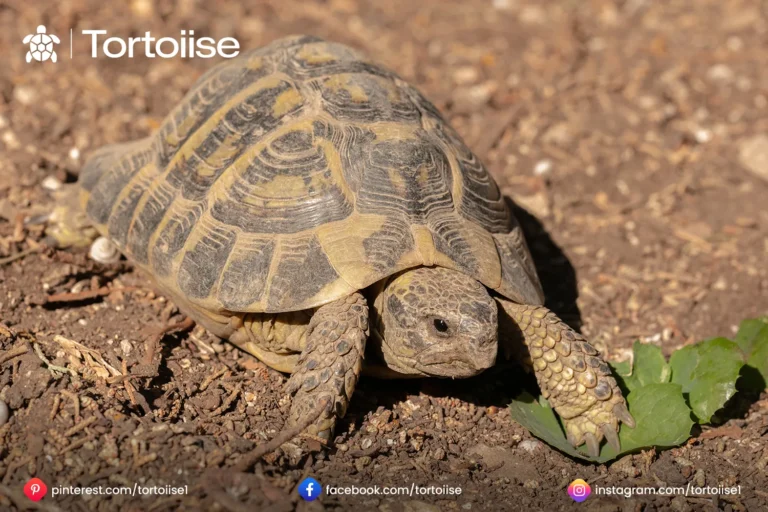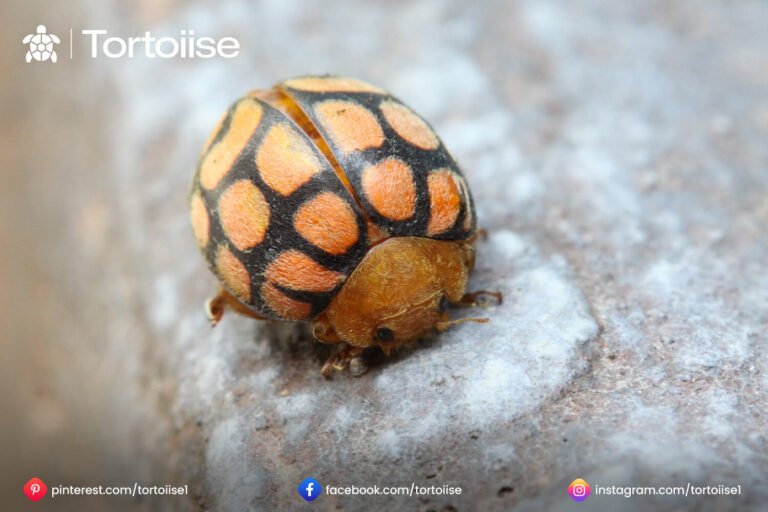How to do tortoise nails
To promote the healthy growth of tortoise nails, follow these steps
1. Maintain a Proper Habitat
Ensure your tortoise has a suitable living environment with the right humidity, temperature, and lighting. A healthy habitat supports overall growth, including nails.
2. Provide a Balanced Diet
Feed your tortoise a diet rich in calcium and nutrients. Leafy greens, fruits, and vegetables can help improve nail health. Consider adding calcium supplements if recommended by a vet.
3. Regular Exercise
Allow your tortoise to roam in a safe, supervised area. Exercise helps keep their nails naturally trimmed and promotes healthier growth.
4. Nail Maintenance
Check your tortoise’s nails regularly. If they become too long, consider gently filing them down with a nail file, ensuring you avoid the quick (the sensitive part inside the nail).
5. Hydration
Ensure your tortoise has access to clean water at all times. Proper hydration can aid in overall health, including nail growth.
6. Routine Vet Check-ups
Regular visits to a vet who specializes in reptiles can help ensure that your tortoise’s health, including nail growth, is on track.
By following these tips, you’ll help ensure your tortoise’s nails grow strong and healthy!
The most effective approach to determine whether the nails of a tortoise require management involves an initial assessment of their length.
Evaluate whether the tortoise’s nails are adversely affecting its locomotive abilities. If the tortoise exhibits signs of staggering, struggles to grasp surfaces, or avoids particular textures, the nails have likely grown excessively long.
Review the Nail Shape
Sound nails are short and somewhat bent. On the off chance that they’re excessively lengthy or starting to twist back toward the footpad, it’s the ideal opportunity for a trim.
Planning to Manage Your Tortoise Nails

1. Establish a protected and quiet climate.
Tortoise can be bashful or focused during preparation. To make the interaction smooth:
Work in a calm, sufficiently bright region to limit pressure.
Delicately handle your tortoise in advance to assist them with feeling loose.
Envelop your tortoise in a delicate towel, allowing each appendage to stay uncovered in turn. This will assist with keeping them still.
2. Accumulate Your Devices
Having the right devices makes the interaction more straightforward and more secure.
Reptile Nail Trimmers or Little Creature Trimmers
These are intended for little, hard nails and guarantee an exact cut. Keep away from scissors or huge human nail trimmers, which might smash the nail.
Styptic Powder or Cornstarch, if you unintentionally cut too deeply and the nail drains, these items stop the draining rapidly.
Emery Board or Nail Document: Valuable for smoothing sharp edges in the wake of managing.
A towel to get and comfort your tortoise during the method.
Treats: To remunerate your tortoise subsequently, uplifting positive relationships with nail care.
Understanding Tortoise Nail Life Systems
Before you begin managing, understanding the construction of a tortoise’s nails is fundamental.
The Nail
The hard, apparent part you’ll manage.
A touchy region inside the nail that contains veins and nerves. Cutting into the fast causes torment and death.
In lighter-shaded nails
The fast shows up as a pinkish region. In more obscure nails, it’s harder to see, so you’ll have to circumspectly manage.
Bit by bit Nail Managing Cycle
1. Position Your Tortoise
Put your turtle on a level, agreeable surface or hold them safely. Tenderly expand each appendage in turn. Assuming that they withdraw their leg, stay cool and patient.
2. Recognize the Managing Region
Search for the congested part of the nail. This is normally the bent tip farthest from the base.
Try not to hurt yourself excessively deeply. Continuously leave a little cushion between your slice and the speedy to forestall inadvertent injury.
3. Get it done.
Hold the trimmer at a slight angle to copy the normal state of the nail.
Trim a little piece of the nail at once; the speediness isn’t noticeable.
On the off chance that you’re uncertain, it’s smarter to under-manage and leave some length than to gamble with cutting excessively profound.
4. Smooth the Edges
In the wake of managing, utilize an emery board or nail file to eliminate any unpleasant edges. This keeps the nails from getting on textured or nook materials.
5. Rehash for all nails
Work gradually and give your turtle breaks if necessary. Center around each appendage in turn to lessen pressure.

Taking care of draining or mishaps
Indeed, even with cautious management, mishaps can occur. Assuming you inadvertently cut into the speedy:
Keep mentally collected. Your tortoise will feel inconvenienced, yet speedy activity can stop the dying.
Apply styptic powder or cornstarch. Compress a limited quantity onto the nail to cluster the blood.
Clean the Region
When the draining stops, delicately clean the nail with a soggy fabric to forestall disease.
Screen for Disease
Check the nail consistently for swelling, redness, or indications of discomfort.
On the off chance that draining endures or the region becomes tainted, consult a reptile veterinarian right away.
Ways to forestall congested nails to limit the requirement for continuous management: integrate these procedures into your tortoise care schedule.
Give Harsh Surfaces
Incorporate regular rocks, record tiles, or finished materials in their nook. These surfaces normally scrape down nails as the tortoise strolls.
Energize Movement
A functioning tortoise is bound to keep up with solid nails. Give space and enhancement to keep them moving.
Screen Nail Development
Look at your tortoise nails month to month to catch excess early.
When to Look for Proficient Assistance
On the off chance that you’re apprehensive about managing your tortoise’s nails or their nails are seriously congested, looking for help from a professional is ideal. Reptile veterinarians or experienced guardians can manage the nails securely and show the appropriate procedure for future trims. Tortoise may not adore nail manages, yet you can make the interaction less upsetting.
Work at their speed, giving breaks on the off chance that they appear to be disturbed.
Reward them a while later with a most loved treat, such as a little piece of cucumber or hibiscus blossom.

End
Normal nail care is indispensable for your tortoise’s wellbeing and solace. By figuring out their life structures, utilizing the right instruments, and establishing a quiet climate, you can manage their nails certainly and securely. With training, nail care will turn into a basic daily practice, guaranteeing your tortoise stays blissful and good into the indefinite future. Keep in mind, a very really liked tortoise is a blissful tortoise!
